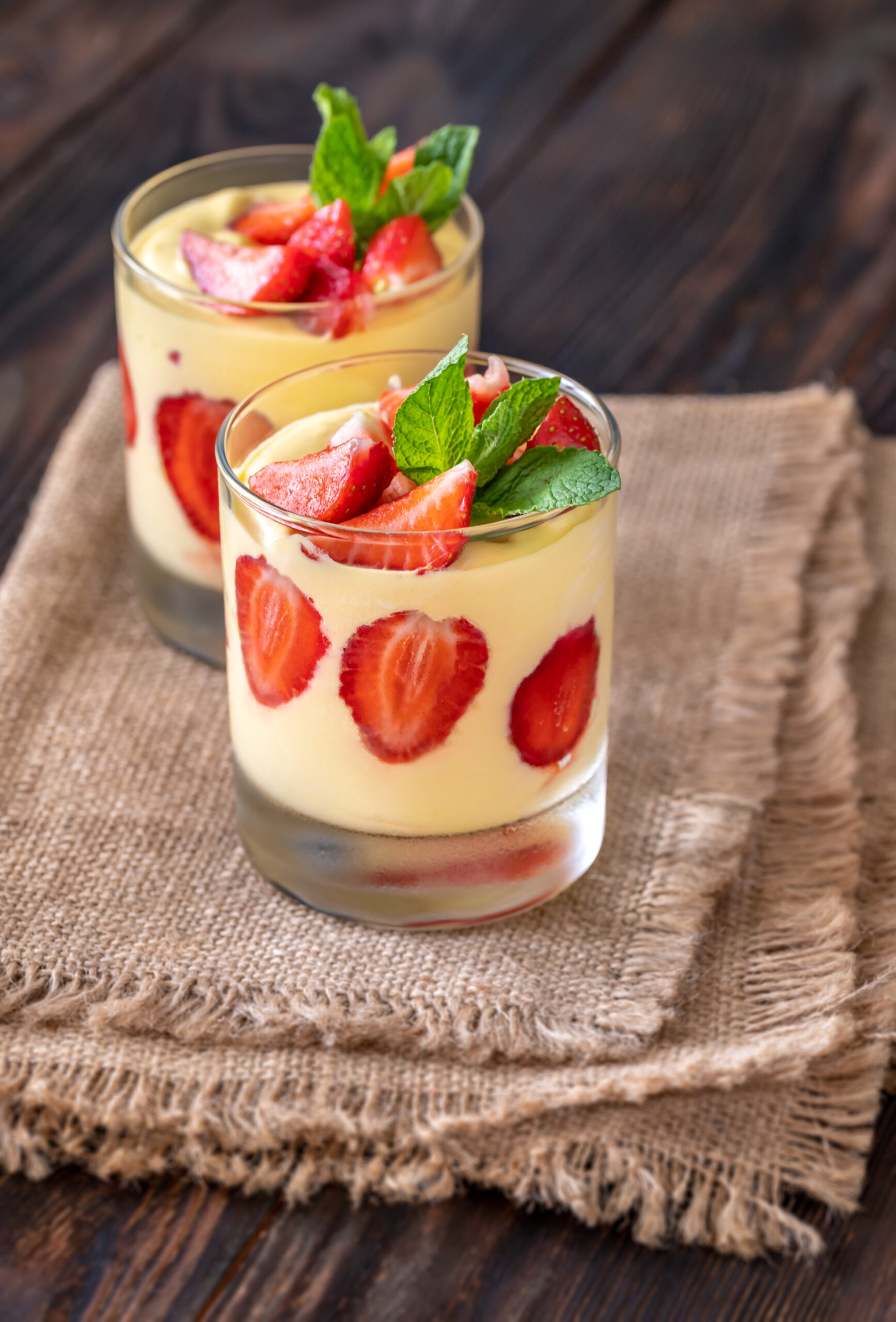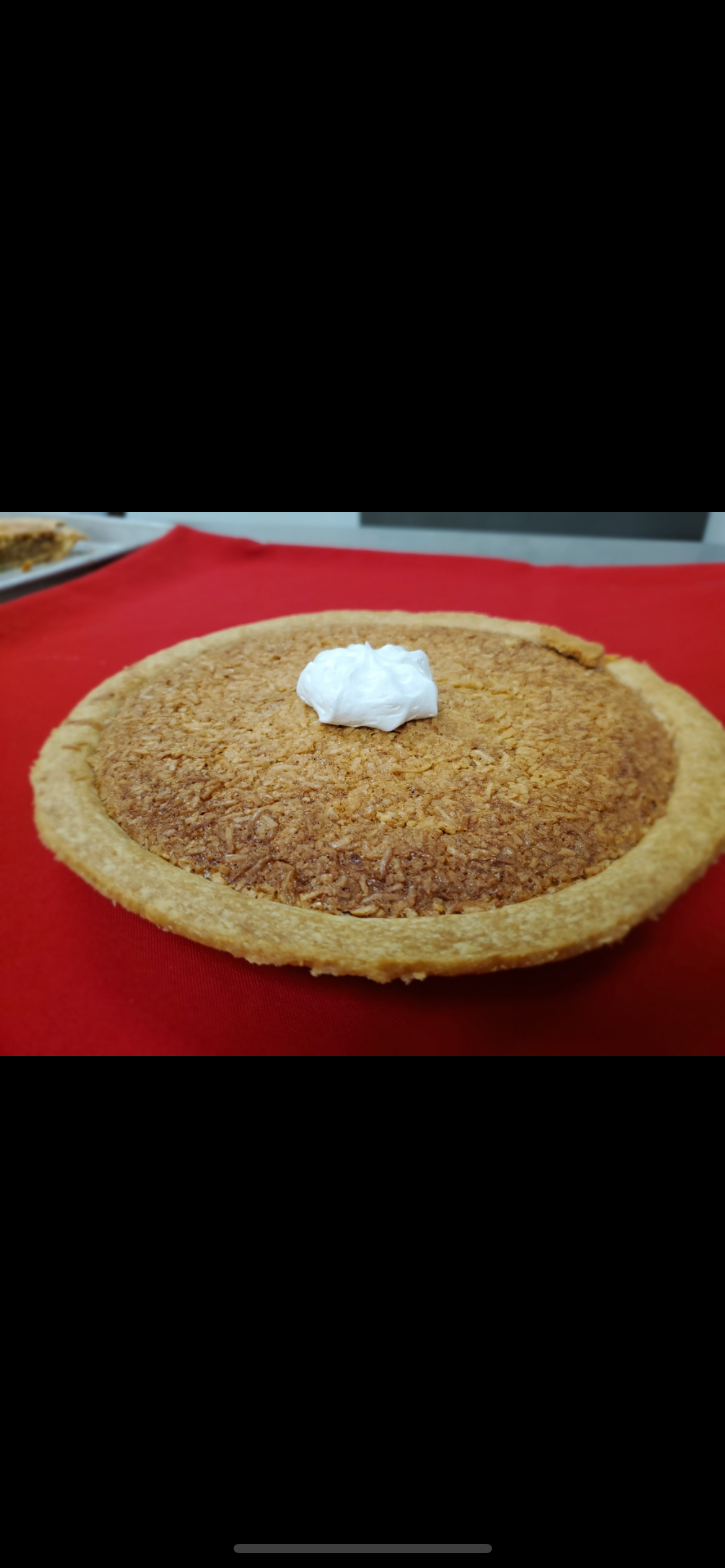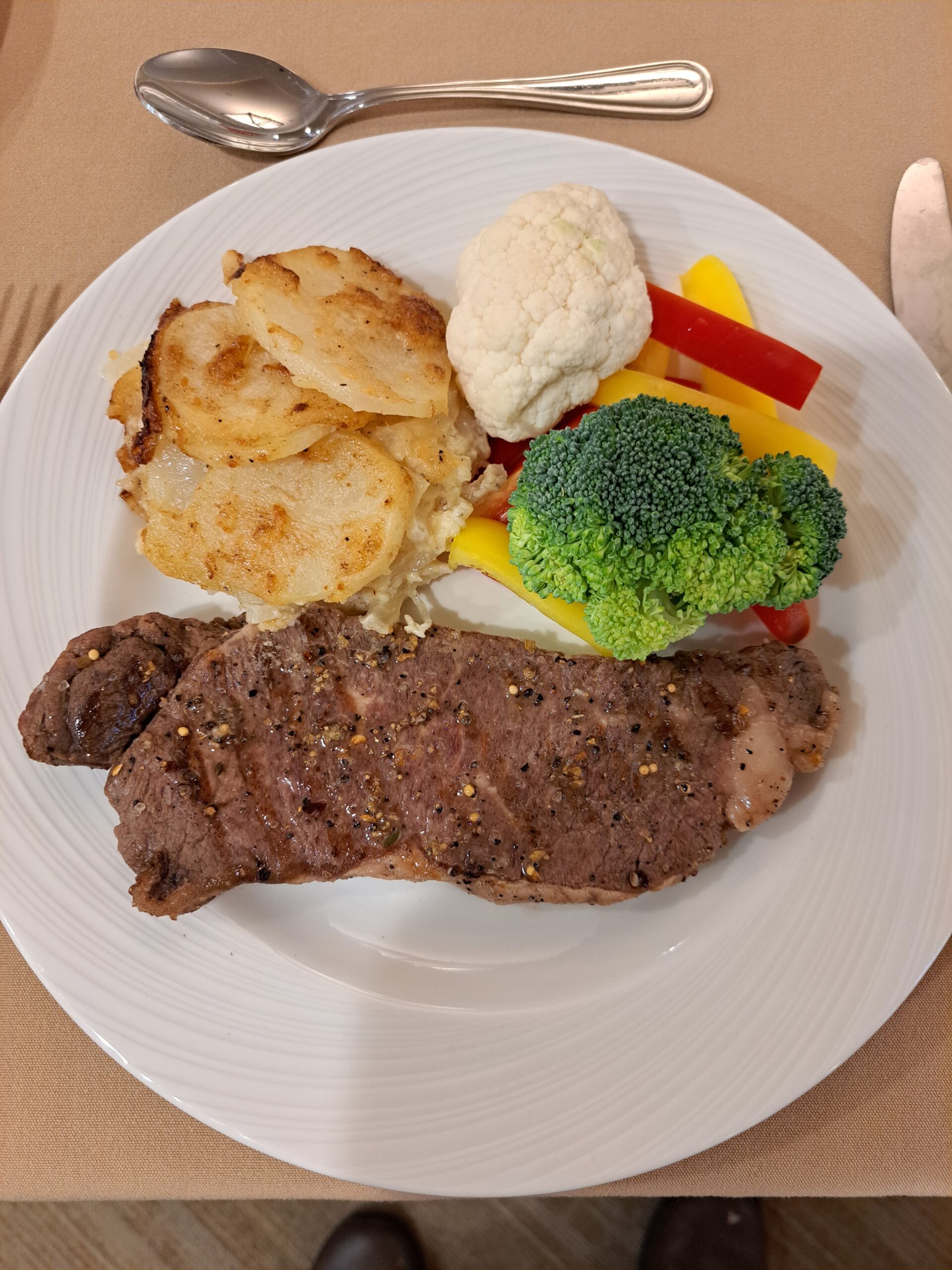Living Loving Local at Verve this Month: Peas
The tiny pea is packed full of protein, fiber, and antioxidants. Not only do they taste delicious when eaten fresh they can also be cooked, canned, dried, pureed, and even frozen.
Environmentally the pea requires less water to produce than many other sources of protein. They are a nitrogen producing plant that traps nitrogen from the air and stores it in its roots. Once the pods or beans have been harvested, the plant starts to decompose and all the nitrogen is released back into the soil, reducing the need for synthetic nitrogen fertilizers for the next three to four years.
History:
Dried peas have been eaten by many different cultures throughout history. Fresh peas were not cultivated for human consumption until the 18th century.
In the 19th-century canning, technology was developed, and it became popular very quickly, for use with fresh perishables such as peas.
In the early 20th century when the process of freezing peas immediately after the harvest emerged, pea cultivation exploded. Freezing preserved not only the green color but also the nutrients.
Pea Varieties:
Peas of all types are members of the legume family. (link to Beans and Lentils LLL blog January 2020) When dried they are referred to as “Pulses.”
Fresh Pea Varieties:
Snow Peas: These peas are identifiable by their flat pod. They are completely edible, both pod and seed. Because they are not fully developed, the peas and pods are very tender and sweet.
Snap Peas or Sugar Snap Peas: These peas are a cross between garden peas and snow peas. They are completely edible. They are sweeter than garden peas, though not as tender as snow peas. They are available in late spring and summer.
Garden peas: These peas have pods that are cylindrical with a slight curve and smooth textured. The shell is too tough and stringy to eat. The peas inside are bright green, round, sweet,we and starchy. Cooking is required to turn the starch into sugar providing the sweet taste peas are famous for. Garden peas are available from spring to fall.
Fun Facts:
- When canning peas, the process destroys the chlorophyll and that is why the peas lose their bright green color.
- Botanically peas are considered a fruit as they develop from a flower, however, we eat them like a vegetable.
- Green peas are immature peas if left to mature they turn yellow.
- Peas were so popular in Europe that a Danish author Han Christian Anderson wrote the fairy tale “The Princess and the Pea.”
Recipes:
This month our Verve properties throughout Canada will feature the following pea recipes:




